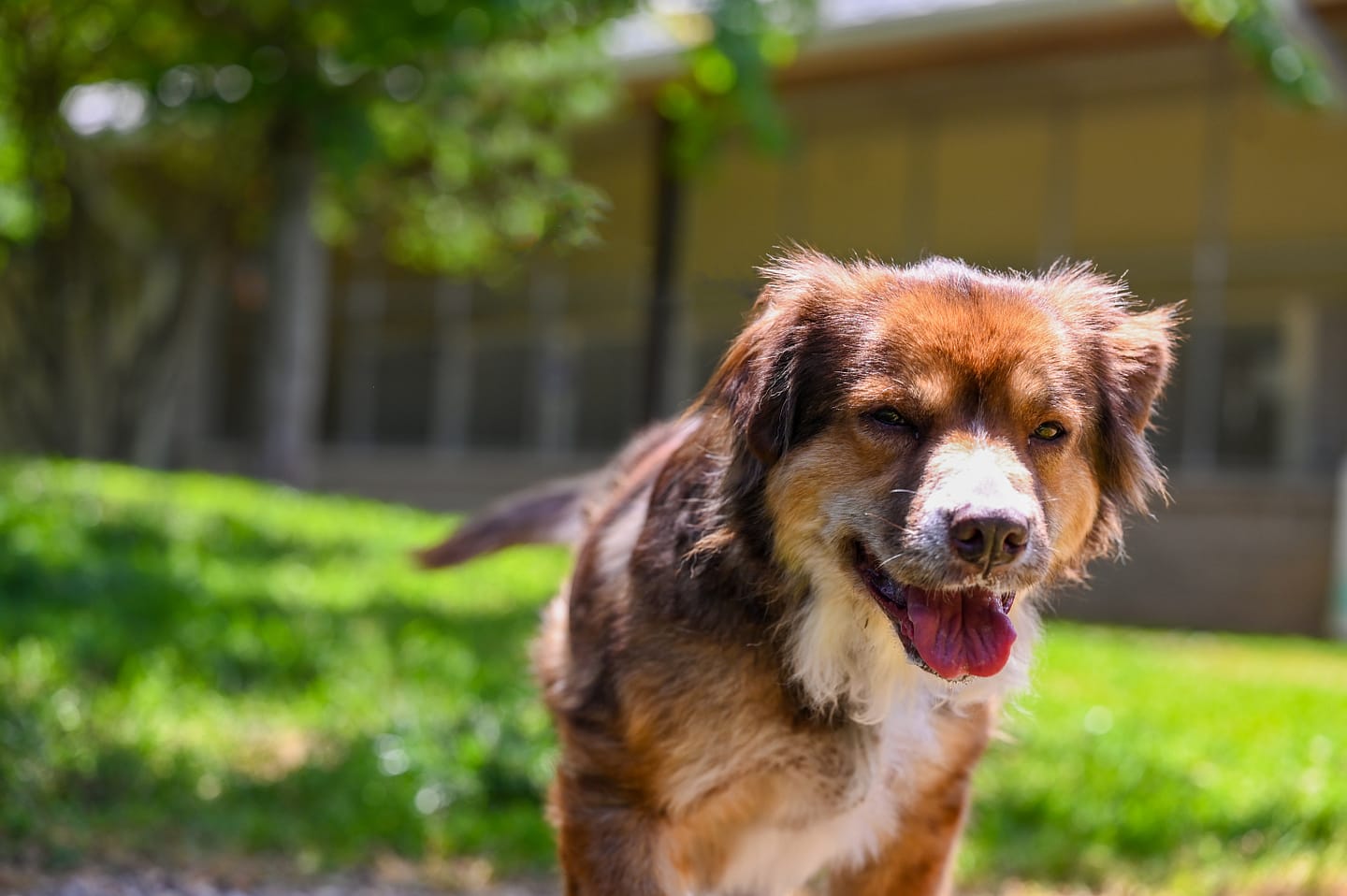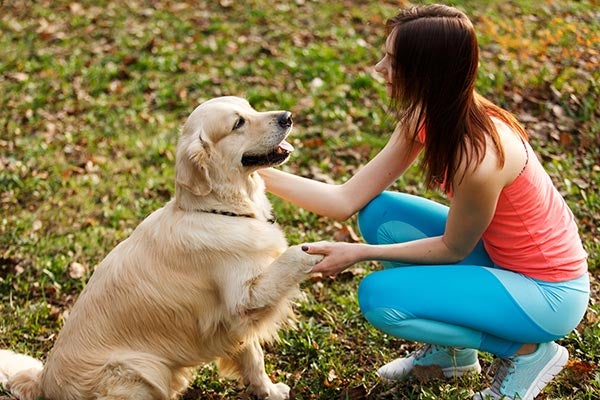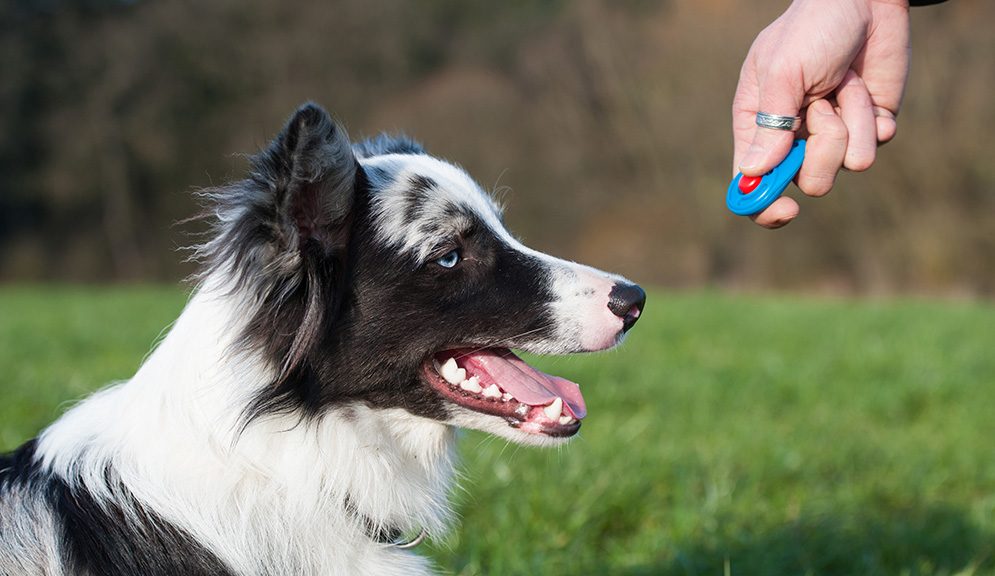Important Tips for Effective Dog Training: An Overview for Pet Owners
Efficient canine training is a multifaceted procedure that requires a critical technique tailored to both the pet dog's personality and the proprietor's goals. Understanding just how to navigate these challenges can substantially enhance the training experience, ultimately changing the relationship between proprietor and canine.
Understanding Canine Actions
Understanding pet dog behavior is necessary for effective training and promoting a harmonious relationship in between pooches and their owners. dog training. Pets communicate mainly via body language, articulations, and activities, making it important for owners to interpret these signals accurately.

Socializing plays a substantial duty in pet dog actions; direct exposure to numerous settings, individuals, and various other animals can significantly impact a canine's character. In addition, elements such as breed qualities and individual temperament need to lead training approaches, as some types may have particular behavioral qualities that demand customized techniques. By understanding these components, proprietors can create an encouraging atmosphere that urges positive actions, resulting in successful training end results and a deeper bond with their pets.
Developing Consistent Commands
Effective interaction with your canine starts with establishing regular commands. This foundational component of training is vital for promoting understanding in between you and your animal. Uniformity in the commands you make use of makes certain that your pet dog can reliably connect particular words or phrases with the preferred behaviors.
When choosing commands, pick clear, distinct words that are easy to separate and say from one another. Stay clear of utilizing similar-sounding commands that might perplex your canine. For instance, using "sit" and "remain" is suitable, however "rest" and "hit" might lead to misunderstandings.
Additionally, keep the very same tone and volume for every command. Pet dogs are delicate to singing cues, so varying your tone can produce complication.
It is similarly vital to make certain that all member of the family are on the very same page regarding the commands utilized. A united front in command use will certainly prevent blended signals and reinforce the learning procedure.
Favorable Reinforcement Strategies
The power of favorable reinforcement in dog training depends on its capability to motivate preferred actions through incentives and appreciation. This technique is grounded in the concept that habits complied with by beneficial outcomes are more probable to be repeated. By including positive support right into your training routine, you can successfully shape your pet's habits in a constructive manner.
To implement favorable reinforcement, it's crucial to determine what motivates your canine, whether it be treats, toys, or spoken praise. When your pet executes a wanted action, such as resting on command, right away reward them with a treat or affection. This association in between the command and the positive end result strengthens their understanding.
It's crucial to timing the incentives correctly; providing the reinforcement within seconds of the preferred behavior assists your dog make the connection (dog training). In addition, consistency is vital-- guarantee that all relative use the exact same commands and reward systems to prevent complication

Gradually, you can minimize the regularity of find more information treats as your canine finds out the actions, transitioning to applaud or recurring benefits. This method not only promotes a strong bond between you and your pet but likewise advertises a favorable understanding environment, making training a delightful experience for both.
Socialization and Interaction
Continually revealing your dog to a range of settings, individuals, and other animals is vital for their social growth. Socializing should begin early, ideally during the vital home window of 3 to 14 weeks, when young puppies are most visit this site right here responsive to new experiences. Nonetheless, older pets can additionally profit from recurring socializing initiatives.
Introduce your canine to different settings, such as parks, pet-friendly stores, and city locations. This direct exposure aids them adjust to numerous stimulations, lowering anxiousness and fear reactions. Motivate positive communications with various other canines and people, making sure that these experiences are risk-free and controlled to cultivate confidence.
Make use of structured playdates with well-mannered pets, as this can improve your canine's social abilities and show them appropriate actions. Obedience classes and training sessions additionally offer excellent possibilities for socialization, permitting your canine to connect with others in a supervised environment.
Monitor your pet dog's body language throughout communications, as this will assist you evaluate their convenience level. Progressively boost direct exposure to more tough situations while making sure that each experience is favorable. A well-socialized dog is a lot more most likely to exhibit well balanced behavior, making them a delight to have in any kind of setting.
Resolving Common Training Difficulties
Every pet proprietor will run into training challenges at some point, no matter of their dog's age or socializing level. Recognizing usual issues such as stubbornness, distractions, and fearfulness can help in establishing reliable strategies for improvement.

Slowly present diversions as the pet dog ends up being extra competent in commands. Short, frequent training sessions are also click to read more effective in keeping focus.
Fearfulness can impede a canine's knowing procedure. Steady desensitization to the source of worry, paired with positive support, can assist ease stress and anxiety. Patience is essential; never force a pet right into a situation that causes distress, as this might exacerbate the problem.
Ultimately, understanding and addressing these usual difficulties with a structured approach will certainly promote a more effective training experience, enhancing the bond between pet dog and owner while advertising efficient knowing.
Verdict
In summary, effective pet dog training depends on a comprehensive understanding of canine habits, the establishment of constant commands, and the application of positive reinforcement methods. Socialization plays a crucial function in developing well-adjusted pet dogs, while dealing with usual training difficulties calls for persistence and versatility. By implementing these crucial methods, family pet proprietors can promote a solid bond with their pet dogs and promote desirable behaviors, inevitably leading to an unified partnership between people and their canine friends.
Understanding pet dog behavior is vital for reliable training and fostering a harmonious partnership in between canines and their owners.Socializing plays a substantial function in canine actions; direct exposure to various environments, people, and various other animals can dramatically impact a canine's character.The power of favorable support in pet training exists in its capacity to encourage desired habits with benefits and praise. By integrating favorable support right into your training routine, you can effectively shape your canine's habits in a useful way.
In recap, effective pet dog training depends on a comprehensive understanding of canine habits, the establishment of constant commands, and the application of positive reinforcement techniques.
Comments on “Comprehending Canine Body Language Throughout Dog Training”